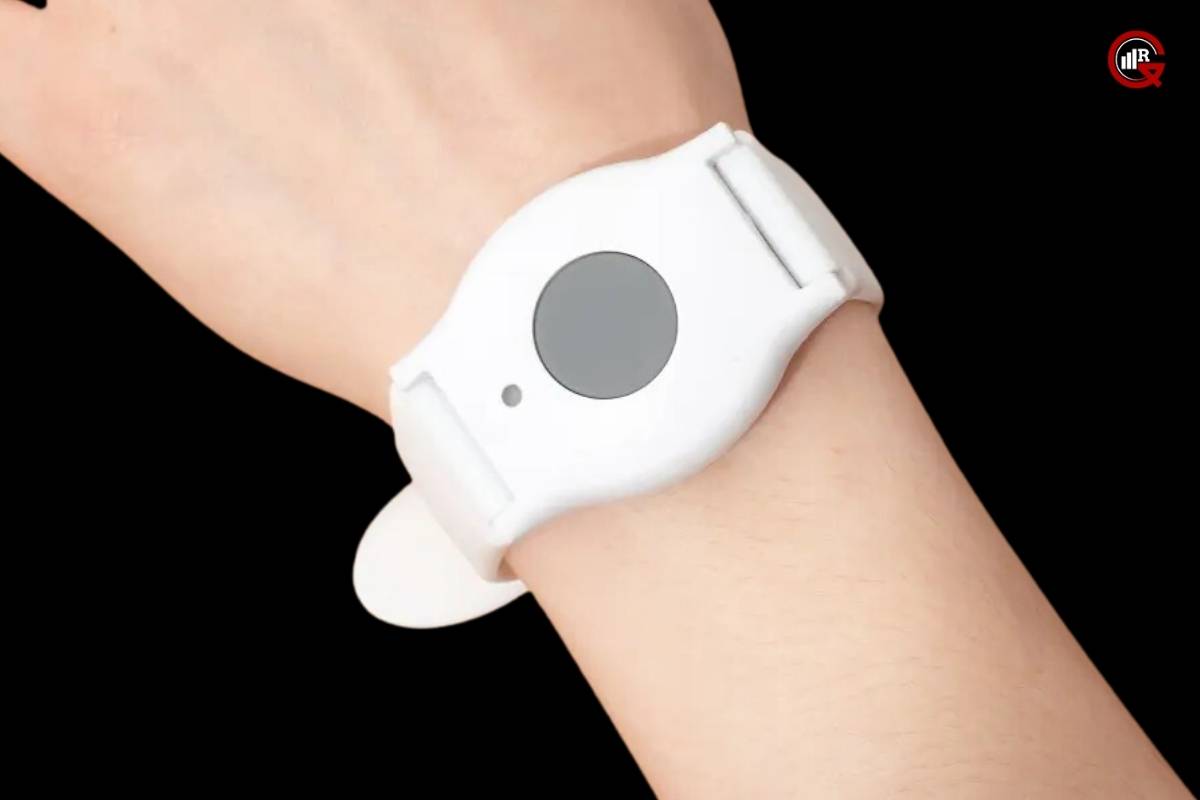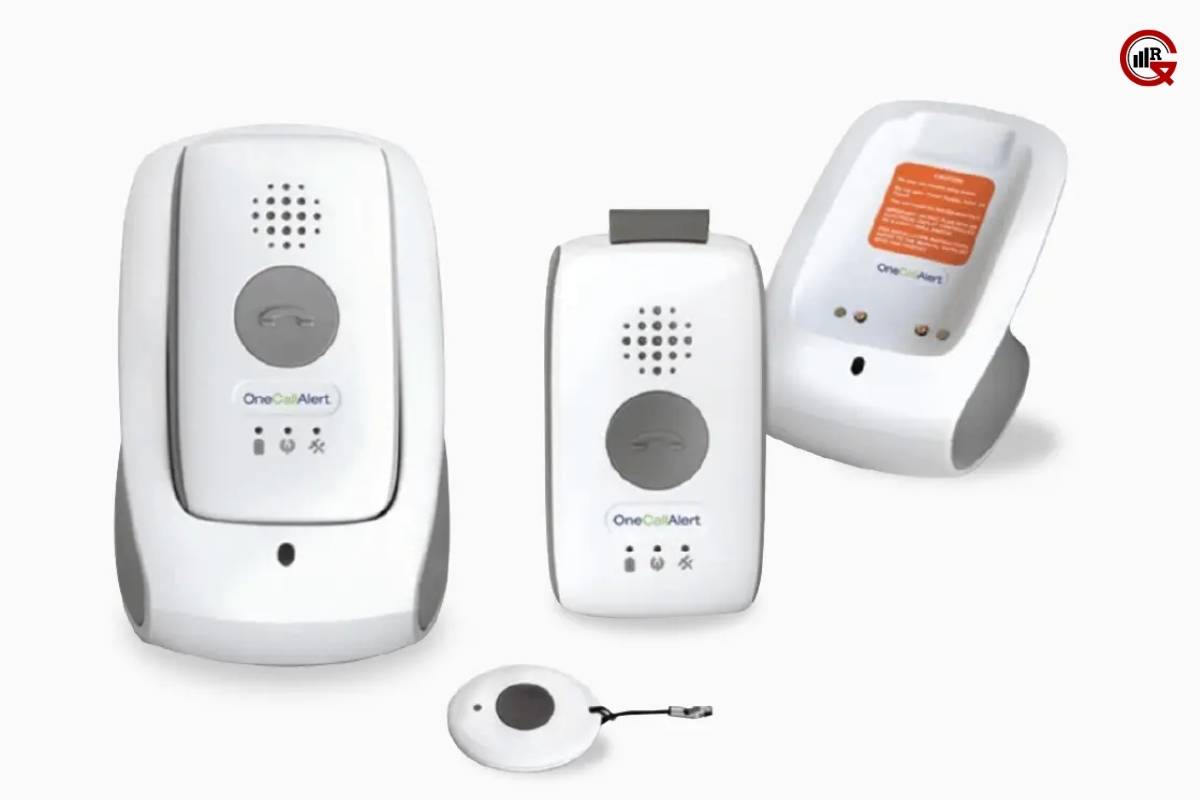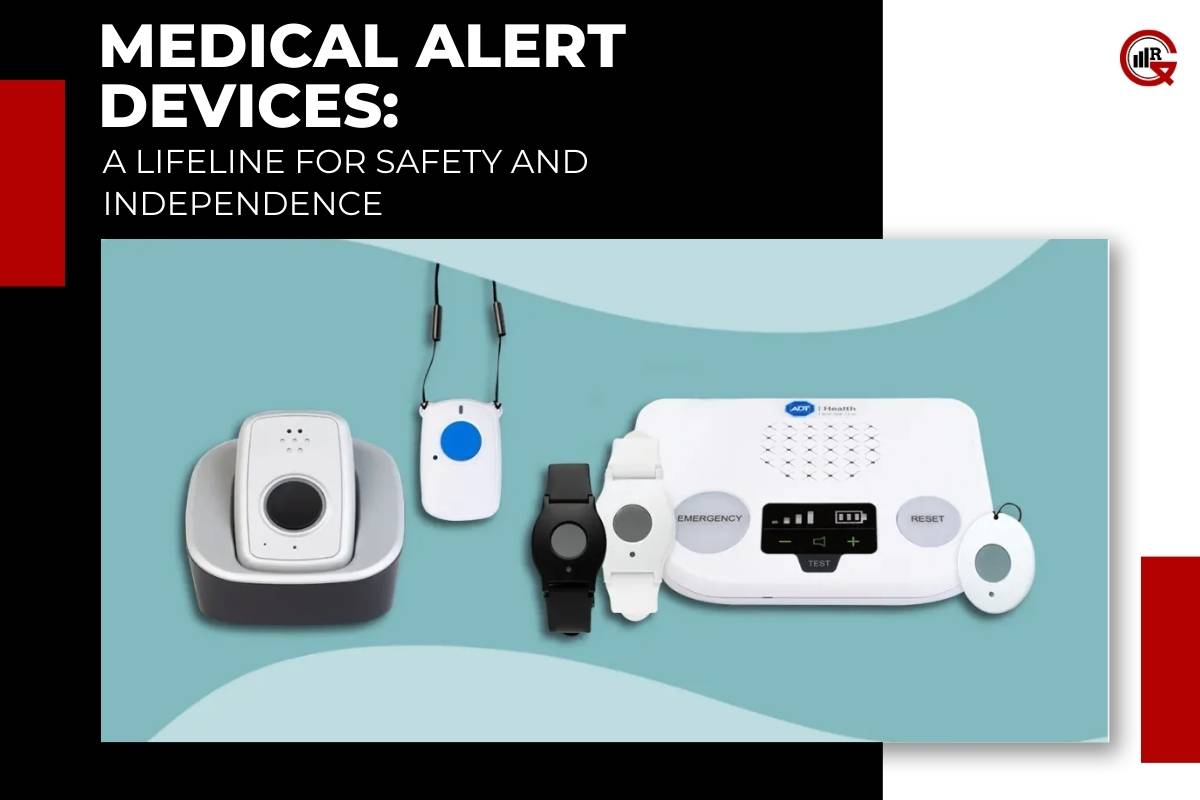(Source-healthline)
Medical alert devices, also known as personal emergency response systems (PERS), are invaluable tools designed to provide immediate assistance in case of medical emergencies or situations where help is needed urgently. These devices offer peace of mind to individuals with medical conditions, seniors living alone, and anyone who may be at risk of accidents or sudden health issues. In this article, we will explore the importance, features, and benefits of medical alert devices, as well as their impact on the lives of users and their caregivers.
Introduction to Medical Alert Devices:
Medical devices are wearable or portable gadgets equipped with various features to enable users to call for help quickly and easily in case of emergencies. The primary function of these devices is to connect users with emergency response teams, caregivers, or designated contacts at the press of a button. They typically consist of a wearable pendant or wristband with an emergency button, a base unit connected to a landline or cellular network, and a monitoring service that responds to distress calls 24/7.
Features and Functionality:

Most medical devices come with a range of features to ensure user safety and convenience. Some common features include:
Emergency Button: The main component of the device, usually in the form of a button on a wearable pendant or wristband, allows users to call for help instantly when pressed.
Two-Way Voice Communication: Enables users to communicate directly with a response agent through the device’s base unit or speakerphone.
Fall Detection: Advanced devices may include fall detection sensors that automatically trigger an alert if a fall is detected, even if the user is unable to press the emergency button.
GPS Location Tracking: GPS-enabled devices can provide precise location information to responders, allowing them to locate the user quickly, especially if they are outside the home.
Medication Reminders: Some devices offer medication reminder features to help users manage their medication schedules and adhere to prescribed treatments.
Benefits of Medical Alert Devices:
Immediate Assistance: Medical alert devices provide users with immediate access to help in emergencies, reducing response times and potentially saving lives.
Independence: By enabling users to call for help independently, these devices promote autonomy and allow individuals to continue living alone or with minimal assistance.
Peace of Mind: For users and their families, medical devices offer peace of mind knowing that help is always available at the touch of a button.
Extended Reach: With features like GPS tracking and fall detection, medical alert devices can assist both inside and outside the home, giving users greater mobility and freedom.
Cost-Effective: Compared to alternative options such as assisted living facilities or round-the-clock caregiving, medical devices offer a more affordable solution for ensuring safety and well-being.
Types of Medical Alert Devices:
Medical alert devices come in various forms to cater to different user needs and preferences. Some common types include:
In-Home Systems: Designed for use within the home, these systems typically consist of a base unit connected to a landline or cellular network and wearable help buttons.
Mobile Systems: Portable devices equipped with GPS technology that allow users to call for help from anywhere, not just within the home.
Wearable Devices: Compact devices worn as pendants, wristbands, or clips that provide discreet access to emergency assistance.
Smartwatch Apps: Some smartwatches and fitness trackers offer medical alert features, including emergency calling and health monitoring capabilities.
Considerations When Choosing a Medical Alert Device:

When selecting a medical alert device, several factors should be considered to ensure it meets the user’s needs and preferences:
Coverage and Connectivity: Check the device’s compatibility with the user’s location and network coverage to ensure reliable connectivity.
Battery Life: Consider the battery life of the device and how often it needs to be recharged or replaced, especially for mobile or wearable devices.
Ease of Use: Look for devices with simple, intuitive controls and clear instructions for operation, especially for users with limited dexterity or cognitive impairments.
Monitoring Service: Evaluate the quality and responsiveness of the monitoring service, including response times, staff training, and availability of multilingual support.
Cost and Pricing Plans: Compare the costs of different devices, including upfront fees, monthly subscription fees, and any additional charges for extra features or services.
Installation and Setup: Consider the ease of installation and setup when choosing a medical alert device, especially for in-home systems. Look for devices that require minimal installation and can be set up quickly without the need for professional assistance. Some systems may offer plug-and-play functionality or wireless connectivity, making them ideal for users who prefer simple and hassle-free installation processes.
Customization Options: Look for medical alert devices that offer customization options to tailor the device to the user’s specific needs and preferences. This may include customizable emergency contact lists, personalized response protocols, and adjustable settings for features like volume, sensitivity, and alert notifications. Customization options allow users to optimize their devices for maximum effectiveness and comfort.
Compatibility with Additional Services: Consider whether the medical alert device is compatible with additional services or accessories that may enhance its functionality. This could include integration with home automation systems, compatibility with voice assistants like Amazon Alexa or Google Assistant, or the ability to connect to third-party health monitoring devices such as blood pressure monitors or glucose meters. Compatibility with additional services can expand the capabilities of the device and provide users with more comprehensive health management solutions.
User Reviews and Recommendations: Before making a decision, research user reviews and recommendations for different medical devices to gain insights into real-world experiences and satisfaction levels. Look for feedback from current users, caregivers, and industry experts to assess the reliability, performance, and customer support of the device and its associated services. User reviews can provide valuable insights into the pros and cons of different devices and help guide your decision-making process.

Trial Periods and Return Policies: Look for medical devices that offer trial periods or satisfaction guarantees, allowing users to test the device and its features before committing. Trial periods allow users to assess the device’s performance, ease of use, and compatibility with their lifestyle before deciding whether to keep it. Additionally, check the device’s return policy and warranty terms to ensure peace of mind and protection in case of any issues or concerns.
Conclusion:
Medical alert devices play a crucial role in ensuring the safety, security, and independence of individuals with medical conditions or age-related vulnerabilities. By providing immediate access to help in emergencies, these devices offer peace of mind to users and their families, enabling them to live confidently and securely. As technology continues to advance, medical alert devices will evolve to offer even more features and capabilities, further enhancing their effectiveness and usability for users of all ages and abilities.






